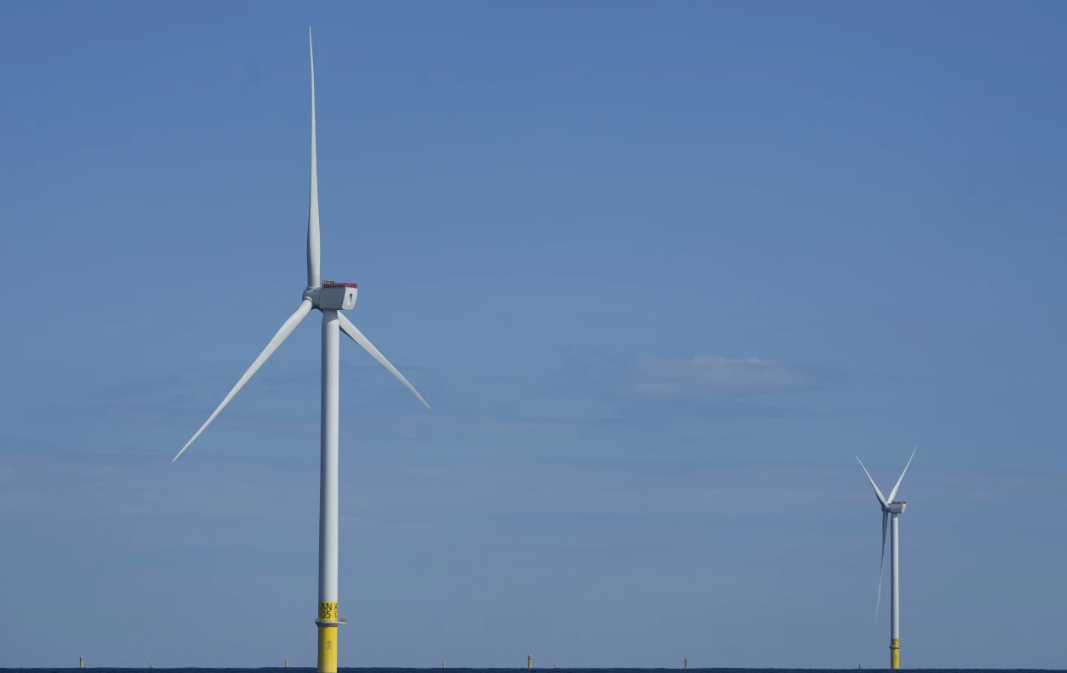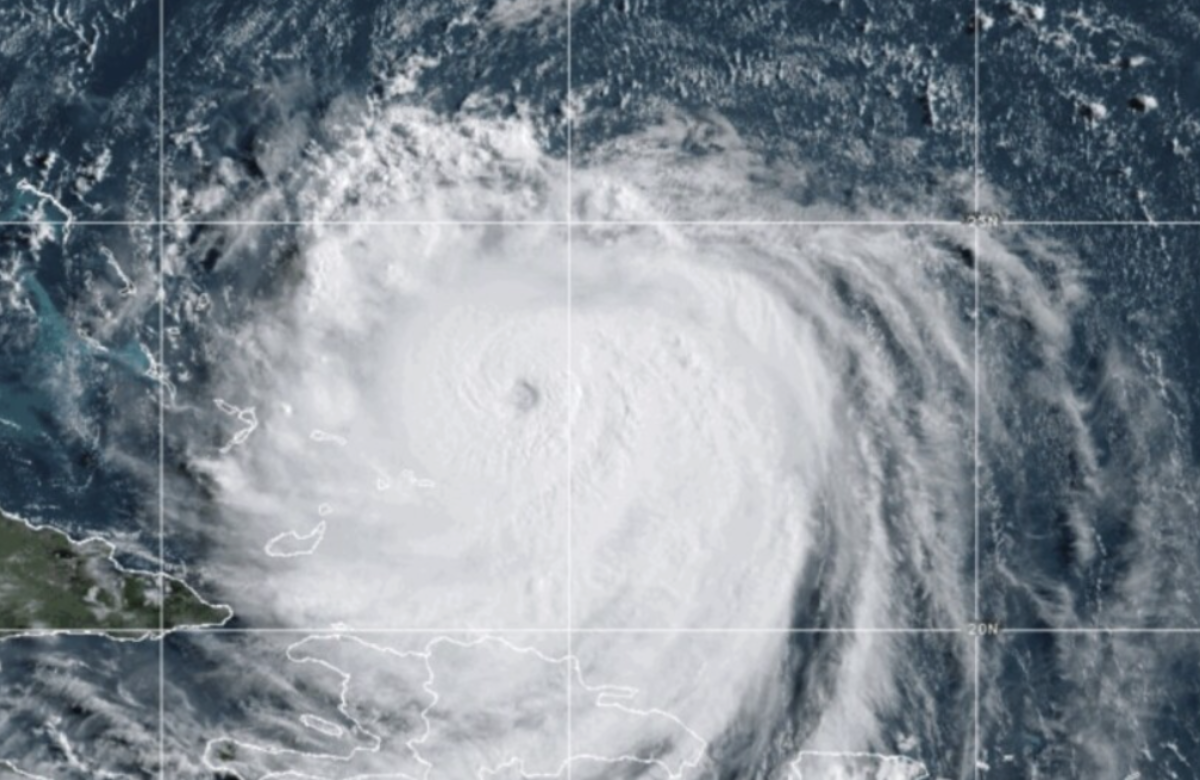The Trump administration has announced it will cancel plans to open millions of acres of federal waters to offshore wind development, marking a major shift away from renewable energy and dealing another blow to the growing wind industry in the U.S.
More than 3.5 million acres had previously been designated as wind energy areas—offshore zones identified as optimal for wind farm development. On Wednesday, the Bureau of Ocean Energy Management (BOEM) officially rescinded those designations, declaring an end to setting aside large areas for what it labeled “speculative wind development.”
Planned offshore wind lease sales were expected in multiple locations including the Gulf of Mexico (Texas and Louisiana), the Northeast (Maine and New York), the West Coast (California and Oregon), and the central Atlantic region. These lease areas had been part of a five-year roadmap set by the Biden administration to accelerate clean energy production through offshore wind.
Since taking office, Trump has aggressively rolled back policies aimed at supporting renewable energy in favor of expanding fossil fuel production. Early executive actions targeted growth in oil, gas, and coal, while pausing or halting progress on wind energy projects. One such order suspended new offshore wind lease sales and put a hold on related permits, loans, and approvals.
Trump has long criticized wind energy, particularly offshore projects, and has frequently made misleading claims about their effectiveness and reliability. His administration’s latest move follows a new directive from the Interior Secretary to stop giving “preferential treatment” to wind and solar energy. The order described these clean energy sources as unreliable and subject to foreign influence.
Robin Shaffer, president of Protect Our Coast New Jersey—an organization opposing offshore wind farms—praised the move, calling it overdue. “It’s hard to believe these projects advanced this far given their massive scale and high cost compared to the reliability and affordability of onshore power,” Shaffer said Thursday. “We’re close to stopping them entirely, but we’re not there yet.”
Environmental groups were quick to condemn the decision. The Sierra Club criticized the administration for what it called a “relentless obstruction” of clean energy progress. Xavier Boatright, the group’s deputy legislative director for clean energy, said the policy shift reveals an agenda focused on benefiting fossil fuel allies over the public good. “We’ll keep fighting for the clean, healthy future we deserve,” he said in a statement.
In response to the administration’s actions, attorneys general from 17 states and Washington, D.C., have filed a lawsuit in federal court challenging the executive order that halted wind leasing and permitting.
Despite federal resistance, some projects have moved forward. One example is the South Fork Wind Farm—a 12-turbine project off the coast of Montauk, New York—which became the country’s first commercial-scale offshore wind farm when it opened last year.
Also Read:
US-EU Trade War Risk Grows as Trump Meets European Leader in Scotland















